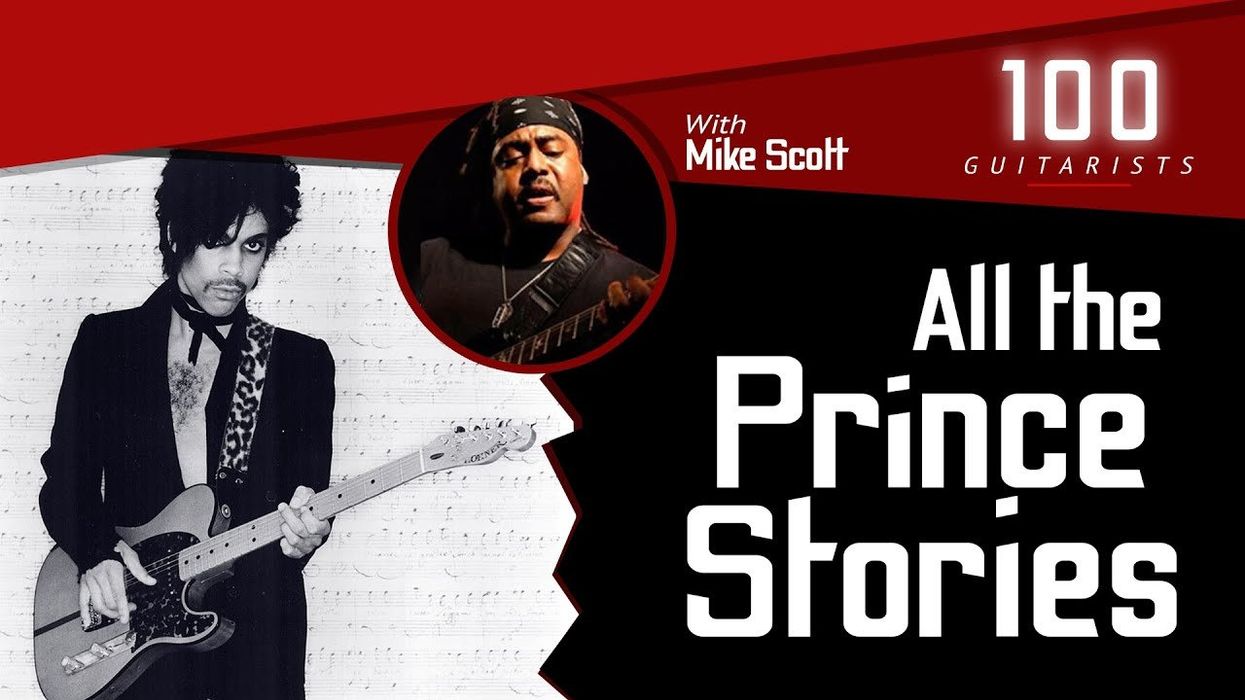Billy Strings has become one of the biggest drawing guitar players out on the road these days. His music brings bluegrass fans and jam band scenes together, landing him on some of the biggest stages around. Your 100 Guitarists hosts have brought in guitarist Jon Stickley to help them work out their differences—one of us is a jammer and the other … is not.
Stickley goes way back with Billy, spotting his talent early in the young guitarist’s career. The two have worked together since, and recently, when Billy had to dip out of his own festival as his wife headed to the hospital to deliver their baby, it was Stickley who was called to jump on stage and fill in at last minute notice. Stickley recounts the story of not only getting on stage, but strapping on Strings’ guitar, plugging into his space station, and taking off with Billy’s band.
We called the right guitarist to guide us through, navigating Strings’ work, the way he brings together influences from genres outside bluegrass, and what makes him a guitarist you need to know.
















 Learn More at
Learn More at 


